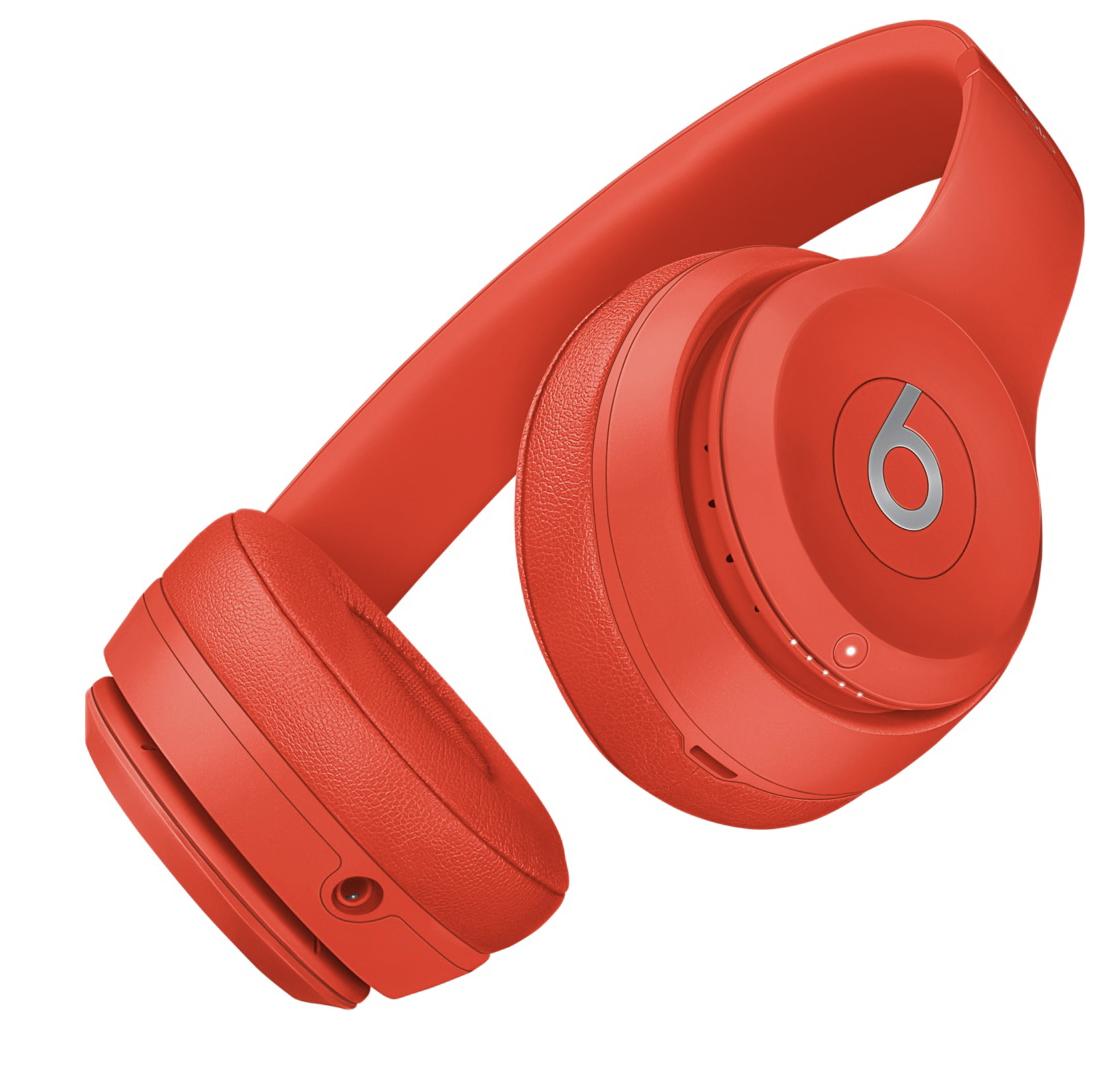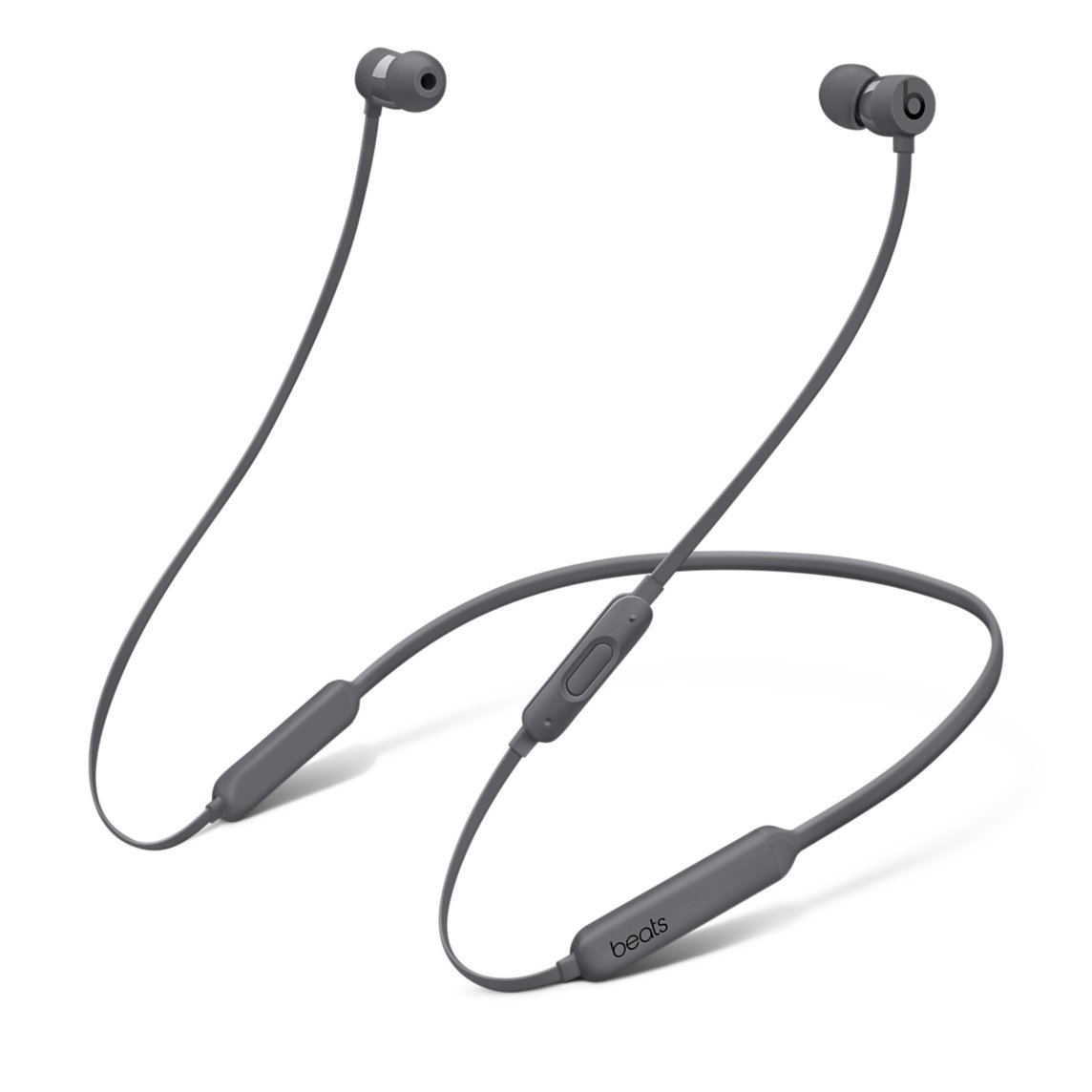BeatsX vs. Beats Solo 3 Wireless: Which should you buy?


Long-lasting battery
The Beats Solo3 Wireless headphones sound as good as they are stylish, and the 40-hour battery life will keep you listening to your favorite stuff for a long time. The built-in W1 chip makes the Beats Solo3 a perfect companion to any iPhone; however, the lack of any good noise isolation in a pair of headphones this size is unfortunate.
Pros
- Over-ear style
- Amazing battery-life
- Comfortable ear cushions
- Signature Beats sound
Cons
- No customized fit
- Very little noise isolation

Light and portable
The BeatsX headphones offer a great low-end sound and a more customized fit which help the earbuds stick in your ears and grant you decent noise isolation. However, the slightly heavier than necessary neck cord and low eight-hour battery life can cause some annoyances.
Pros
- In-ear style
- Lightning cable charging
- Great passive noise-canceling
- Customized fit
Cons
- 8-hour battery life
- Neck cord
A quick breakdown
Given that both these headphones are made by Beats and have Apple's W1 chip inside, the similarities far out way the differences. The Beats X and Beats Solo3 both have that signature bass-heavy sound that the brand is known for, and both products are designed to work hand-in-hand with your iPhone, iPad, and other Apple devices.
The few key differences between these two products really come down to style preference. The BeatsX are customizable in-ear headphones that fit like a glove, whereas the Beats Solo3's are on-ear headphones that sit on your head with slightly adjustable, but plushy and comfortable ear cushions.
| Header Cell - Column 0 | BeatsX | Beats Solo3 Wireless |
|---|---|---|
| Price | $100 | $300 |
| Style | In-ear | On-ear |
| Battery life | 8 hours | 40 hours |
| Fast Fuel | 5 mins = 2 hours | 5 mins = 3 hours |
| Charge time | 45 minutes | 1.5 hours |
| Custom fit | Yes | No |
| Charging cable | Lightning | microUSB |
| Siri | Siri with RemoteTalk | Siri with RemoteTalk |
| W1 connection | Yes, after power on | Yes, after power on |
You can see in the table above that battery-life is a huge difference as well. The Beats Solo3 have a massive 40-hour quoted battery life that will keep you rocking for a long time between charges, and the Fast Fuel allows you to get up to three hours of battery in just five minutes of charging.
That's not to say that the 8-hour battery life of the BeatsX is terrible, in fact, for in-ear headphones of its size and price range, eight hours is pretty great. Plus, the BeatsX charge with a lightning cable, which means you don't have to carry around a microUSB cable with you.
The good news is if you're looking for a pair of Beats headphones that have Apple's W1 chip, both the BeatsX and Beats Solo3 are fantastic options. Your biggest deciding factor will probably come down to which style of headphones you prefer, and also if you want any amount of noise cancellation. The Beats Solo3 lack any noise isolation, which is unfortunate, while the BeatsX come with decent noise isolation. Neither offers complete noise-cancellation, but some might be better than none, depending on your preference.

W1 chip for less
Apple's cheapest wireless W1 headphones are the best option for users who need a more customized fit for their everyday earbuds and don't mind a neck wire. Eight hours of battery life should be more than enough for most daily use, and just five minutes of charge will give you an additional two hours of play.

Long-lasting battery
The Beats Solo3 Wireless headphones are no slouch either. With incredible 40-hour battery life and the ability to charge up three hours of usage in only five minutes, the Beats Solo3 will keep you rocking and on-the-go more than almost any other headphone. While the bass-heavy sound profile may not be everyone's cup of tea, they are very stylish and have a fairly reasonable price tag for all the features they include.
iMore offers spot-on advice and guidance from our team of experts, with decades of Apple device experience to lean on. Learn more with iMore!

Luke Filipowicz has been a writer at iMore, covering Apple for nearly a decade now. He writes a lot about Apple Watch and iPad but covers the iPhone and Mac as well. He often describes himself as an "Apple user on a budget" and firmly believes that great technology can be affordable if you know where to look. Luke also heads up the iMore Show — a weekly podcast focusing on Apple news, rumors, and products but likes to have some fun along the way.
Luke knows he spends more time on Twitter than he probably should, so feel free to follow him or give him a shout on social media @LukeFilipowicz.
